Chiles de árbol are small, fiery red peppers native to Mexico with a Scoville rating of 15,000–30,000 SHU—significantly hotter than jalapeños but milder than habaneros. This guide covers everything you need to know, from heat levels and cooking tips to recipes and storage methods.
Table of Contents
- What Are Chiles de Árbol?
- How Hot Are They? Scoville Scale Breakdown
- Creative Ways to Use Them
- Buying Guide: How to Choose the Best Ones
- Cooking Tips for Beginners and Pros Alike
- Recipe Ideas to Try Today
- Health Benefits You Should Know
- Proper Storage: Make Them Last Longer
- Chiles de Árbol vs Other Popular Peppers
- Frequently Asked Questions
What Are Chiles de Árbol?
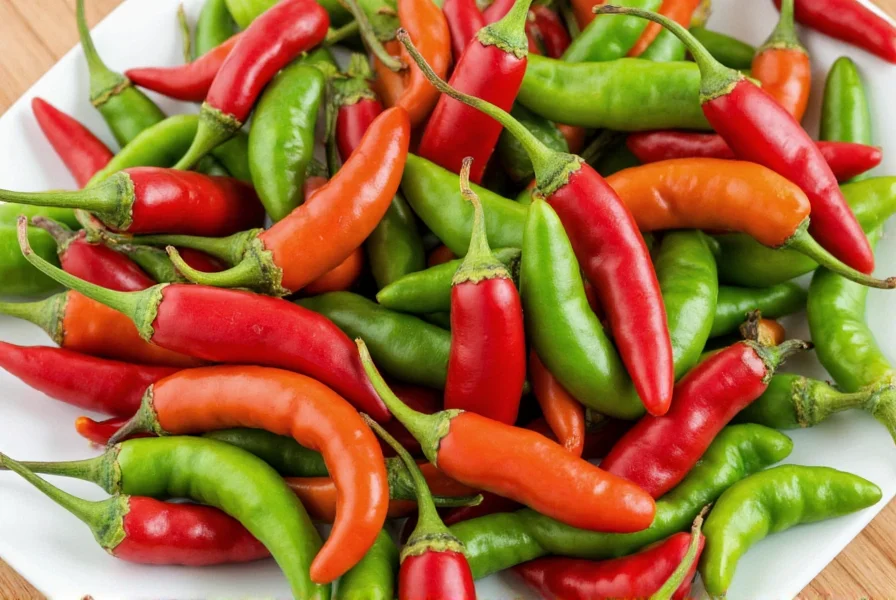
The chile de árbol, or tree chili, is a small, thin, red chili pepper commonly used in Mexican cuisine. Named after the tree it grows on, this pepper is typically dried before use, although fresh versions can be found in specialty markets. Its distinctive grassy flavor with citrusy undertones and sharp, lingering heat makes it a versatile spice for bold dishes.
Natural Habitat & Harvesting
Native to Mexico, chiles de árbol thrive in warm climates and are often harvested by hand when fully matured and naturally dried on the plant. Their elongated shape and deep red color make them easy to spot among other chilies.
How Hot Are They? The Scoville Scale Breakdown
| Pepper | Scoville Heat Units (SHU) |
|---|---|
| Chiles de Árbol | 15,000 – 30,000 |
| Jalapeño | 2,500 – 8,000 |
| Habanero | 100,000 – 350,000 |
| Serrano | 10,000 – 23,000 |
Why the Variation in Heat?
Several factors influence the spiciness of chiles de árbol, including soil quality, climate, and drying duration. For consistent heat levels in recipes, taste a small piece first.
Creative Ways to Use Chiles de Árbol in Your Kitchen
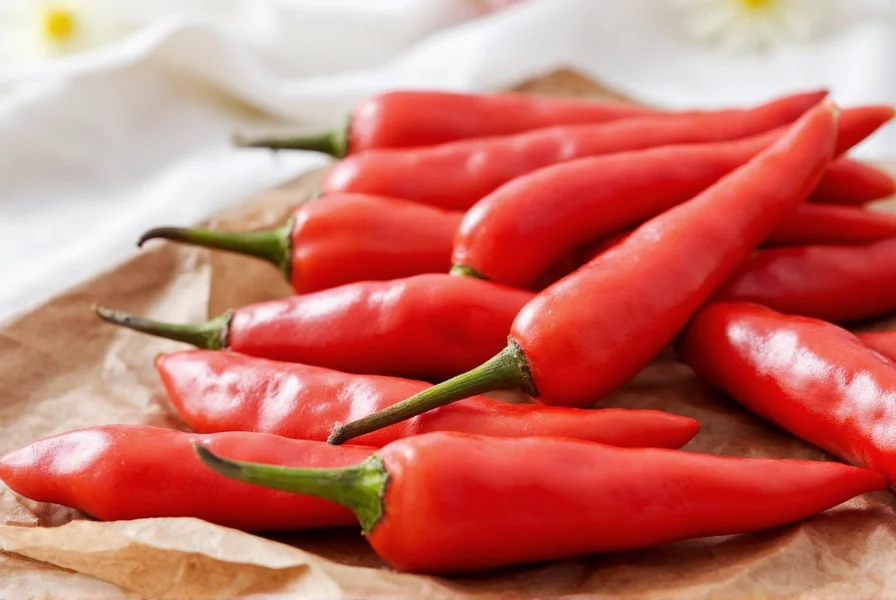
These peppers are incredibly versatile and can be used in a variety of ways:
- Rub Ingredients: Grind dried chiles into a powder and mix with cumin, garlic, and salt for a spicy meat rub.
- Oil Infusion: Toast whole dried chiles in oil until fragrant, then strain and use the infused oil in dressings or dips.
- In Salsas: Blend roasted tomatoes, garlic, onion, and chiles de árbol for a smoky-hot salsa perfect with tortilla chips.
- Pickling: Add sliced chiles de árbol to pickled vegetables like carrots and onions for a tangy, spicy kick.
Buying Guide: How to Choose the Best Chiles de Árbol
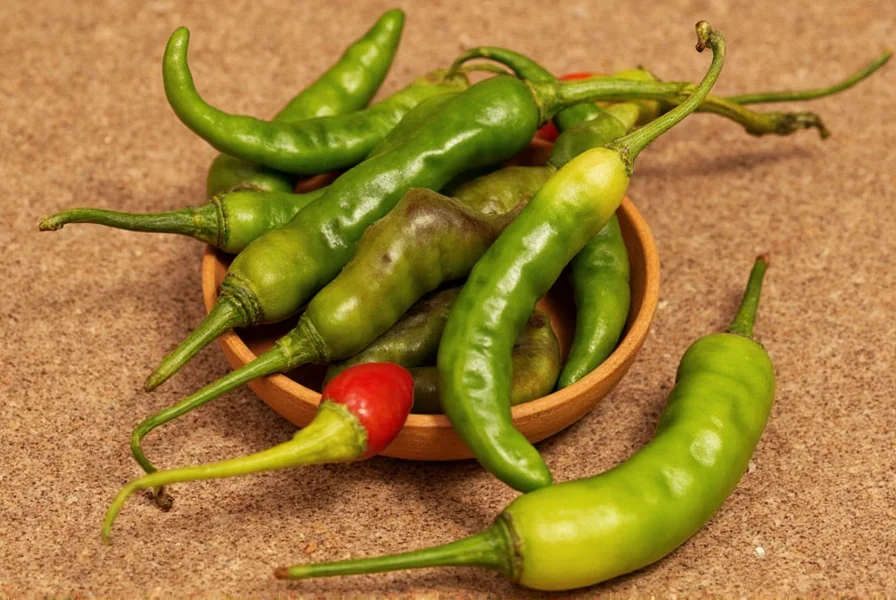
When shopping for chiles de árbol, look for the following characteristics:
- Color: Deep red indicates full maturity and stronger flavor. Avoid pale or faded chiles.
- Texture: Dried chiles should be firm but flexible. Too brittle means they may have lost their potency.
- Smell: They should smell earthy and slightly fruity, not musty or moldy.
Top Brands to Look For
| Brand | Features | Best For |
|---|---|---|
| Don Ramon | Whole dried chiles, rich color, strong aroma | Homemade salsas and marinades |
| Goya Foods | Consistent quality, widely available | Daily cooking, quick sautés |
| Fresh Mex Naturals | Organic and non-GMO certified | Health-conscious cooks |
Cooking Tips for Beginners and Pros Alike
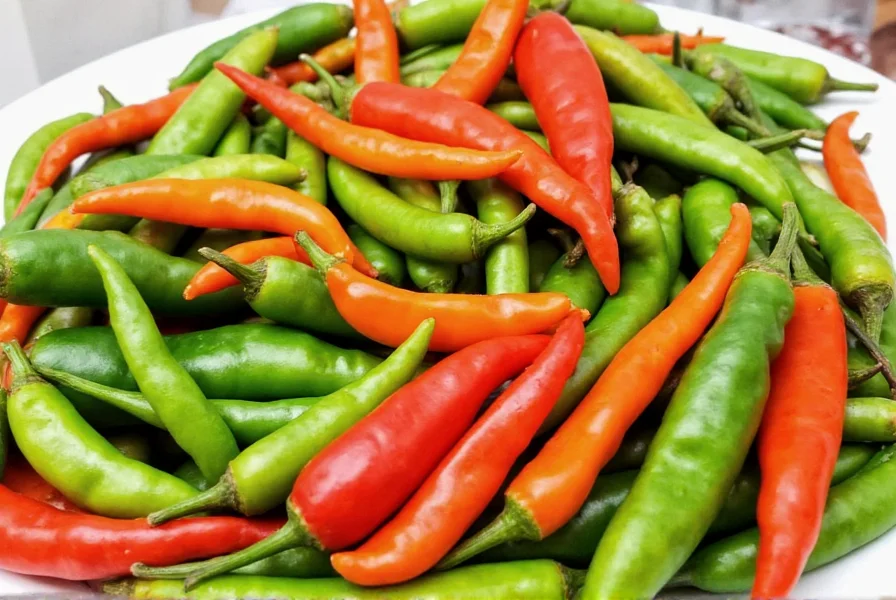
Whether you're just starting out or an experienced chef, here are some pro tips to get the most flavor from your chiles de árbol:
- Toasting: Lightly toast chiles in a dry skillet to enhance their natural oils and intensify the flavor.
- Seed Control: Want less heat? Remove the seeds and inner ribs where most of the capsaicin lives.
- Pair Smart: These chilies pair beautifully with garlic, lime, cilantro, and roasted vegetables.
Tasty Recipe Ideas to Try Today
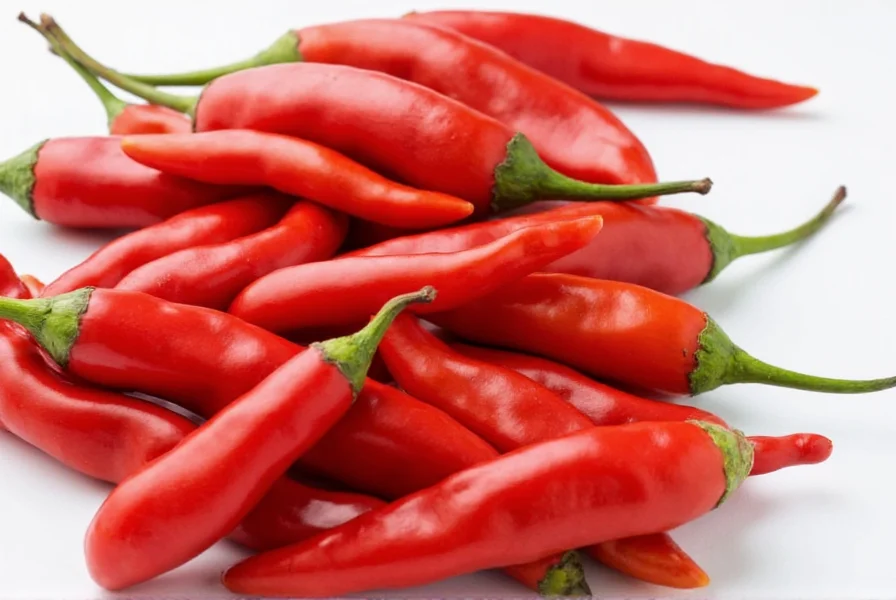
Ready to get cooking? Here are a few delicious ideas:
- Chile de Árbol Oil: Perfect for drizzling over tacos or roasted potatoes.
- Spicy Chile de Árbol Butter: Great for grilling steak or corn.
- Quick Pickled Onions with Chiles de Árbol: Tangy, crunchy, and packed with flavor—ideal for topping burritos or salads.
Health Benefits You Should Know
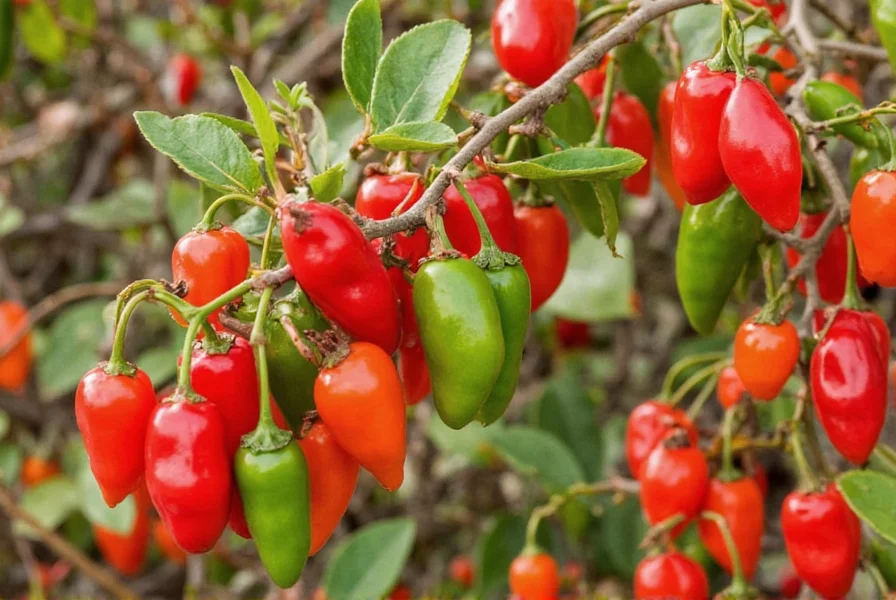
Beyond the heat, chiles de árbol offer several health benefits thanks to their high capsaicin content:
- Metabolism Boost: Capsaicin increases body temperature and metabolism temporarily.
- Pain Relief: Used in topical creams for joint and muscle pain.
- Antioxidant Powerhouse: Rich in vitamins A and C, which support immune health.
Proper Storage: Make Them Last Longer
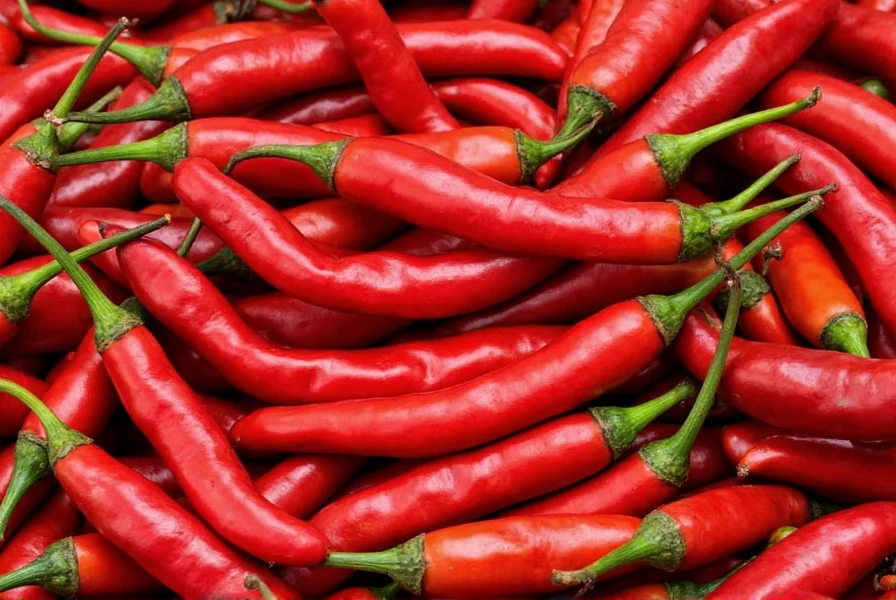
To keep your chiles de árbol flavorful and fresh:
- Whole Dried Chiles: Store in an airtight container in a cool, dark place for up to a year.
- Ground Powder: Keep in a sealed jar away from sunlight; use within six months.
- Infused Oils: Refrigerate and use within two weeks to prevent spoilage.
Chiles de Árbol vs Other Popular Peppers: Which One Wins?
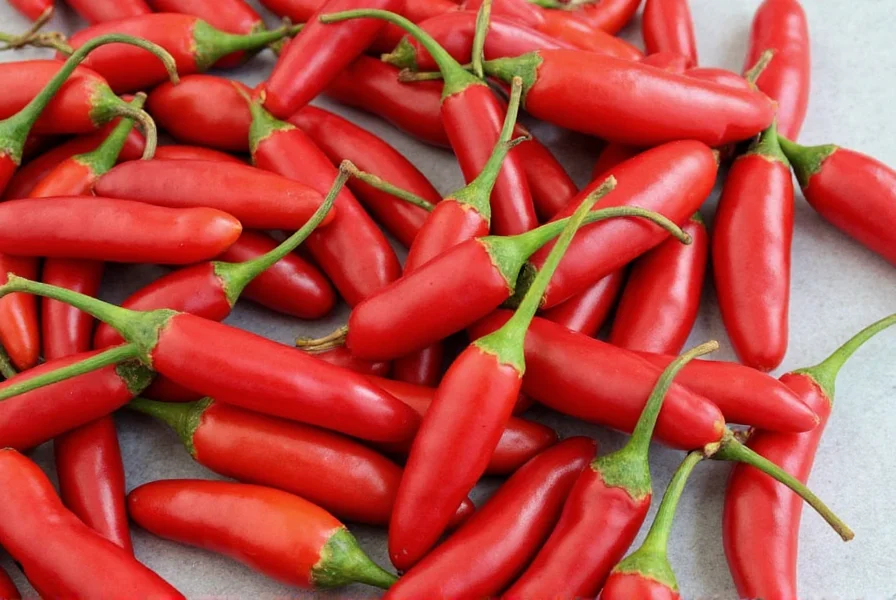
Curious how chiles de árbol stack up against other common peppers? Check out this side-by-side breakdown:
| Feature | Chiles de Árbol | Guajillo | Ancho | Pasilla |
|---|---|---|---|---|
| Heat Level | High (15k–30k SHU) | Moderate (2.5k–5k SHU) | Mild (1k–2k SHU) | Moderate (1k–2.5k SHU) |
| Flavor Profile | Grassy, Citrusy, Smoky | Fruity, Tea-like, Earthy | Sweet, Raisiny, Nutty | Earthy, Chocolatey, Herbaceous |
| Best Use | Salsas, Oils, Marinades | Mole sauces, Adobo | Stews, Tamales, Mole | Mole, Enchiladas, Soups |
Frequently Asked Questions About Chiles de Árbol
What does "chile de árbol" mean and why is it called that?
"Chile de árbol" translates to "tree chili" in English. It's called this because the plant grows on small trees or large bushes, unlike many other chili varieties that grow on smaller plants. Despite the name, the peppers themselves are small (about 2-3 inches long) but pack significant heat.
How should I handle chiles de árbol safely to avoid burns?
Always wear gloves when handling chiles de árbol, especially when cutting or seeding them. The capsaicin can cause severe burns on skin and is particularly dangerous if it contacts eyes. After handling, wash your hands thoroughly with soap and water (not just rinsing). Never touch your face while working with these peppers. If you get pepper juice on your skin, wash with vinegar or dairy products like milk, which help neutralize capsaicin better than water alone.
What can I substitute for chiles de árbol if I can't find them?
Good substitutes include cayenne peppers (similar heat level), serrano peppers (fresh), or a combination of 1/4 teaspoon red pepper flakes plus 1/8 teaspoon smoked paprika to mimic both the heat and smoky flavor. For dried pepper substitutes, guajillo peppers offer similar texture but milder heat, while Thai bird chilies provide comparable heat but different flavor notes.
Are chiles de árbol the same as bird's eye chilies?
No, they're different varieties. While both are small and very hot, chiles de árbol are longer (2-3 inches) with a thin, straight shape and grow on trees/bushes. Bird's eye chilies (like Thai chilies) are typically smaller (1-2 inches), often curved, and grow on smaller plants. Chiles de árbol have more citrusy, grassy notes, while bird's eye chilies tend to have a sharper, more immediate heat with different flavor profiles.
How can I reduce the heat of chiles de árbol in my dishes?
To reduce heat: 1) Remove all seeds and white membranes (where most capsaicin resides), 2) Use less pepper than recipe calls for, 3) Balance with dairy (yogurt, sour cream, cheese), 4) Add acid (lime juice, vinegar) which can help counteract heat perception, 5) Incorporate sweetness (a touch of honey or sugar), and 6) Use in combination with milder peppers. Remember that cooking doesn't reduce capsaicin levels - it just distributes the heat more evenly.
Can I grow chiles de árbol at home?
Yes! Chiles de árbol plants grow well in containers or gardens in warm climates (USDA zones 9-11). They need 6-8 hours of direct sunlight, well-draining soil, and regular watering. Start seeds indoors 8-10 weeks before last frost. Plants reach 3-5 feet tall and produce peppers in 70-80 days. Harvest when peppers turn bright red and slightly dry on the plant. Wear gloves when harvesting and handling the mature peppers.
Conclusion: Spice Up Every Bite
From their bold heat to their complex flavor profile, chiles de árbol deserve a permanent spot in your spice rack. Whether you're stirring up a fiery salsa or infusing olive oil with a whisper of heat, these tiny peppers deliver big taste. With the right tools, knowledge, and a touch of caution, you'll master the art of working with chiles de árbol in no time.
So go ahead—grab a handful, slice carefully, and start experimenting. Your taste buds (and your guests) will thank you!

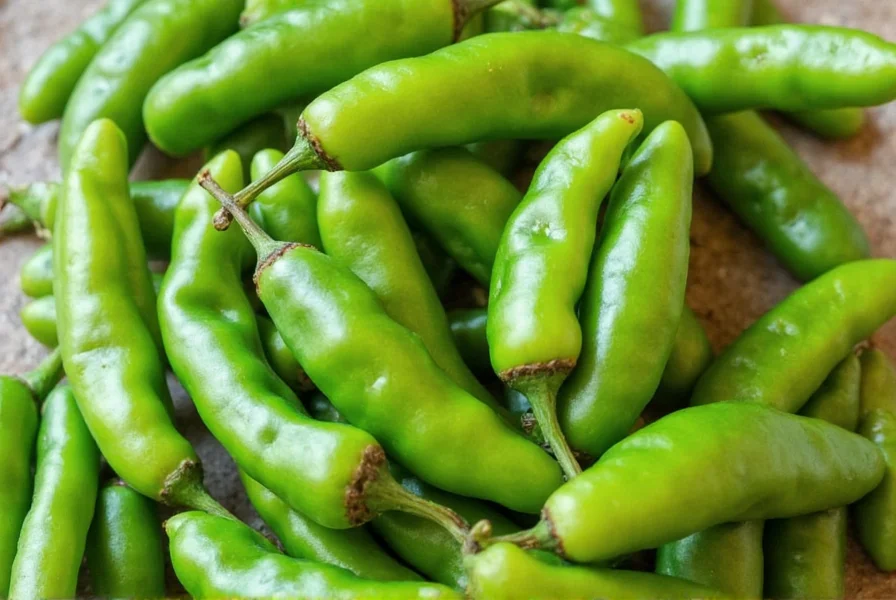









 浙公网安备
33010002000092号
浙公网安备
33010002000092号 浙B2-20120091-4
浙B2-20120091-4